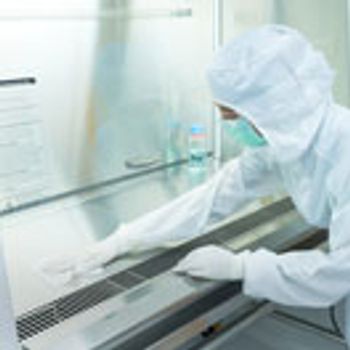
Consider how to assess risks and understand possible sources of disinfectant residues in pharmaceutical manufacturing.

Consider how to assess risks and understand possible sources of disinfectant residues in pharmaceutical manufacturing.

The companies have entered into a manufacturing agreement for the fill finish supply of lenzilumab for the potential treatment of COVID-19.

Regulators have exaggerated expectations for simulated media fills.

The right approach to biological safety cabinets, and collaboration between engineers and those who will operate the equipment, is crucial to preventing cell-culture contamination.

HHS announces $354 million in funding for private industry to manufacture generic drugs in the US from raw materials to finished product.
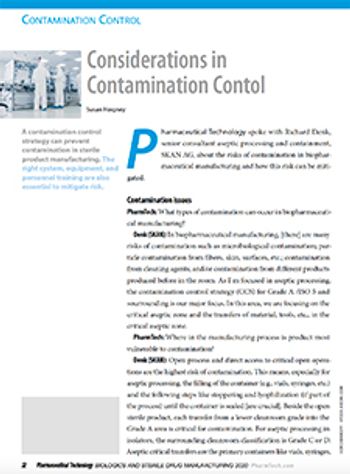
A contamination control strategy can prevent contamination in sterile product manufacturing. The right system, equipment, and personnel training are also essential to mitigate risk.

Pharmaceutical Technology spoke with John Harmer, director, technical sales at Vanrx Pharmasystems about considerations in choosing the best system and equipment for contamination control in pharmaceutical manufacturing.
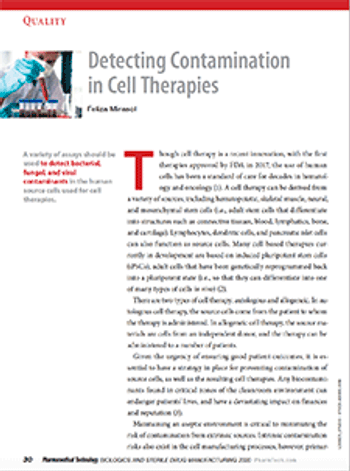
A variety of assays should be used to detect bacterial, fungal, and viral contaminants in the human source cells used for cell therapies.

The right approach to biological safety cabinets, and collaboration between engineers and those who will operate the equipment, is crucial to preventing cell-culture contamination.

Regulators have exaggerated expectations for simulated media fills.

Organizations involved in aseptic and sterile processing activities must make an effort to comply with current good manufacturing practices.
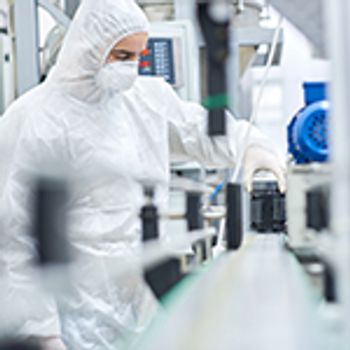
A well-defined contamination control program is essential to maintain quality through aseptic manufacture of parenteral drug products.
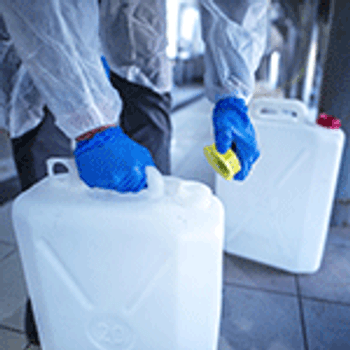
Because conventional cleaning methods can risk product loss, biopharmaceutical manufacturers are often reluctant to use PDE/ADE limits to validate cleaning processes.

Civica Rx plans redundant manufacturing capacity to relieve and prevent shortages of generic, sterile injectable drugs.
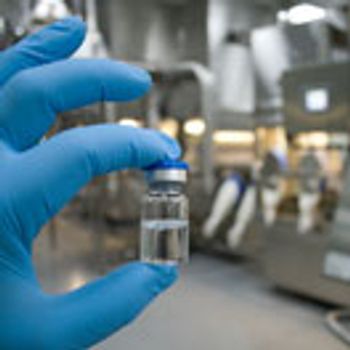
Consider equipment design, transfer systems, and maintenance when operating isolators for sterile manufacturing of pharmaceutical products.
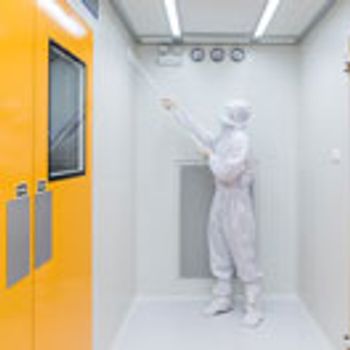
Careful design, planning, and record keeping are needed for cleaning and changeover in multiproduct pharmaceutical facilities.

The company’s new Milliflex Oasis System provides enhanced result reliability, increased productivity, and advanced traceability.

The fully integrated, pre-qualified, pre-installed aseptic filling facility can be shipped globally for drug development and the manufacturing of personalized medicines and clinical trial supplies.
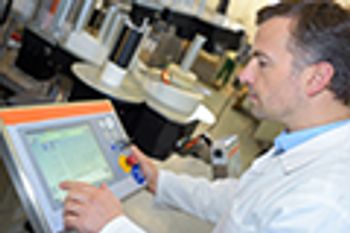
As mergers continue and operations become more complex, simplifying procedures and training can prevent costly morale, quality, and compliance problems.
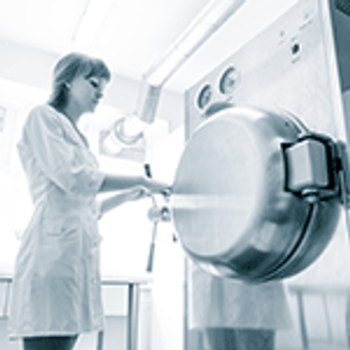
Past mistakes and misstatements have adversely influenced industry decontamination practices with vapor phase hydrogen peroxide, and this article endeavors to clarify the process.

Ready-to-use components help compounders and manufacturers of small batches overcome economy-of-scale limitations in aseptic GMP manufacturing.

Optima Packaging explains its approach to process design.

Automated fill/finish and inspection equipment displayed at the 2019 Healthcare Packaging Expo improves quality and efficiency.
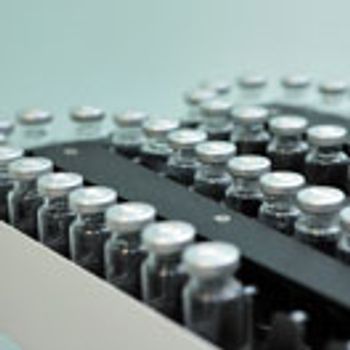
Advances in fill/finish for parenteral packaging address demands for efficiency and product safety.

The new device decreases the chances of filter leaks and room contamination while ensuring the lowest possible energy consumption.